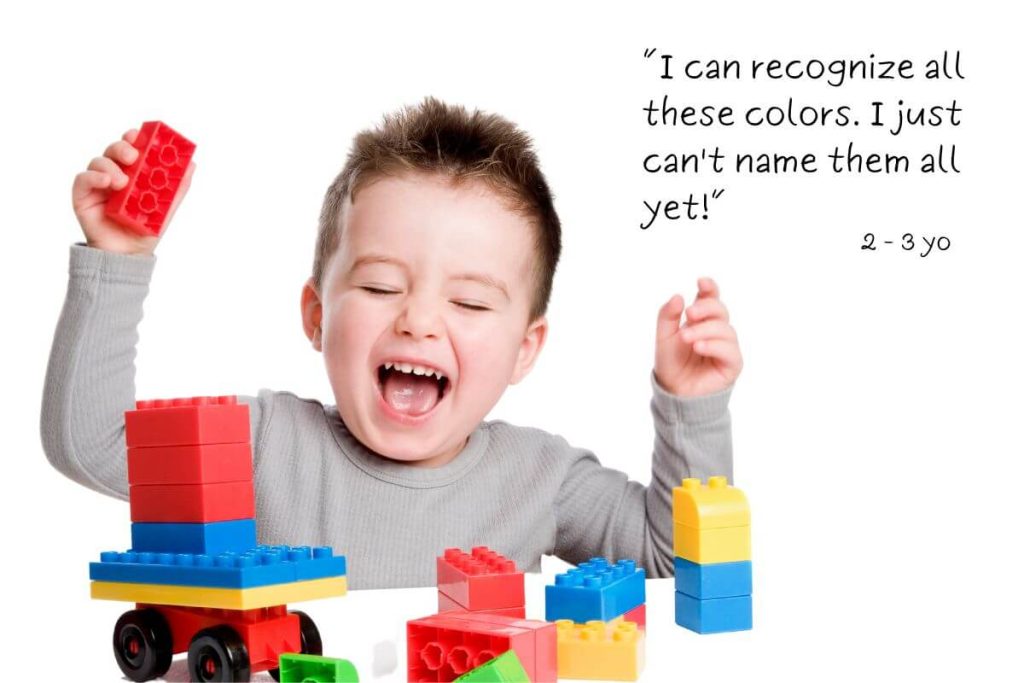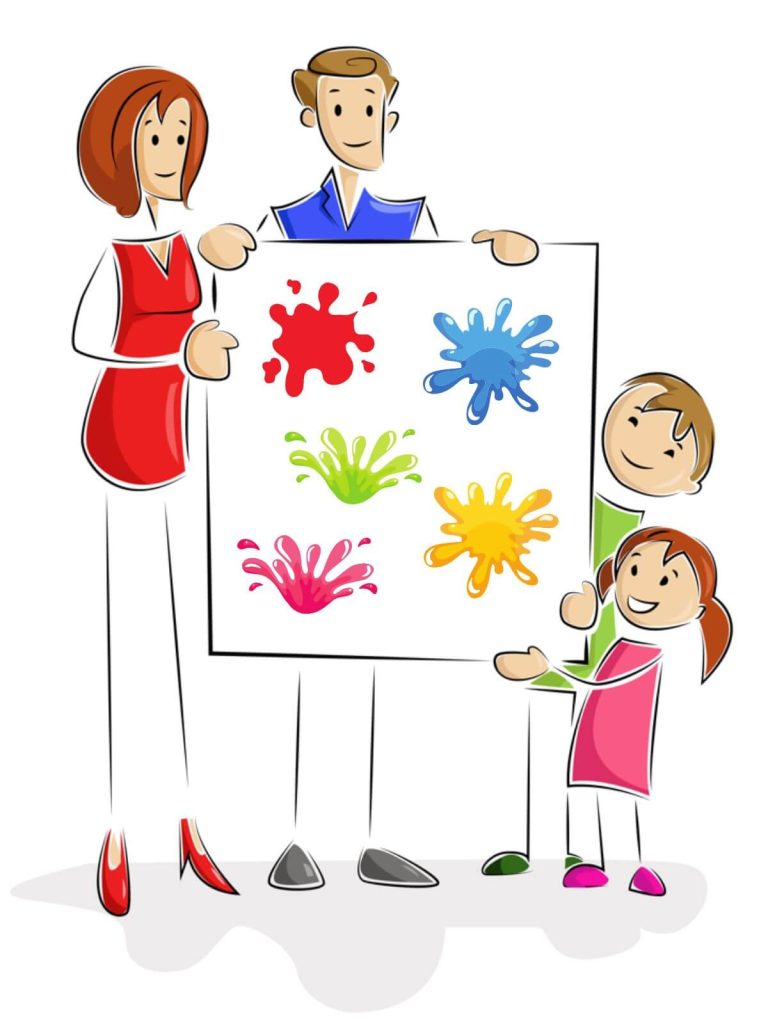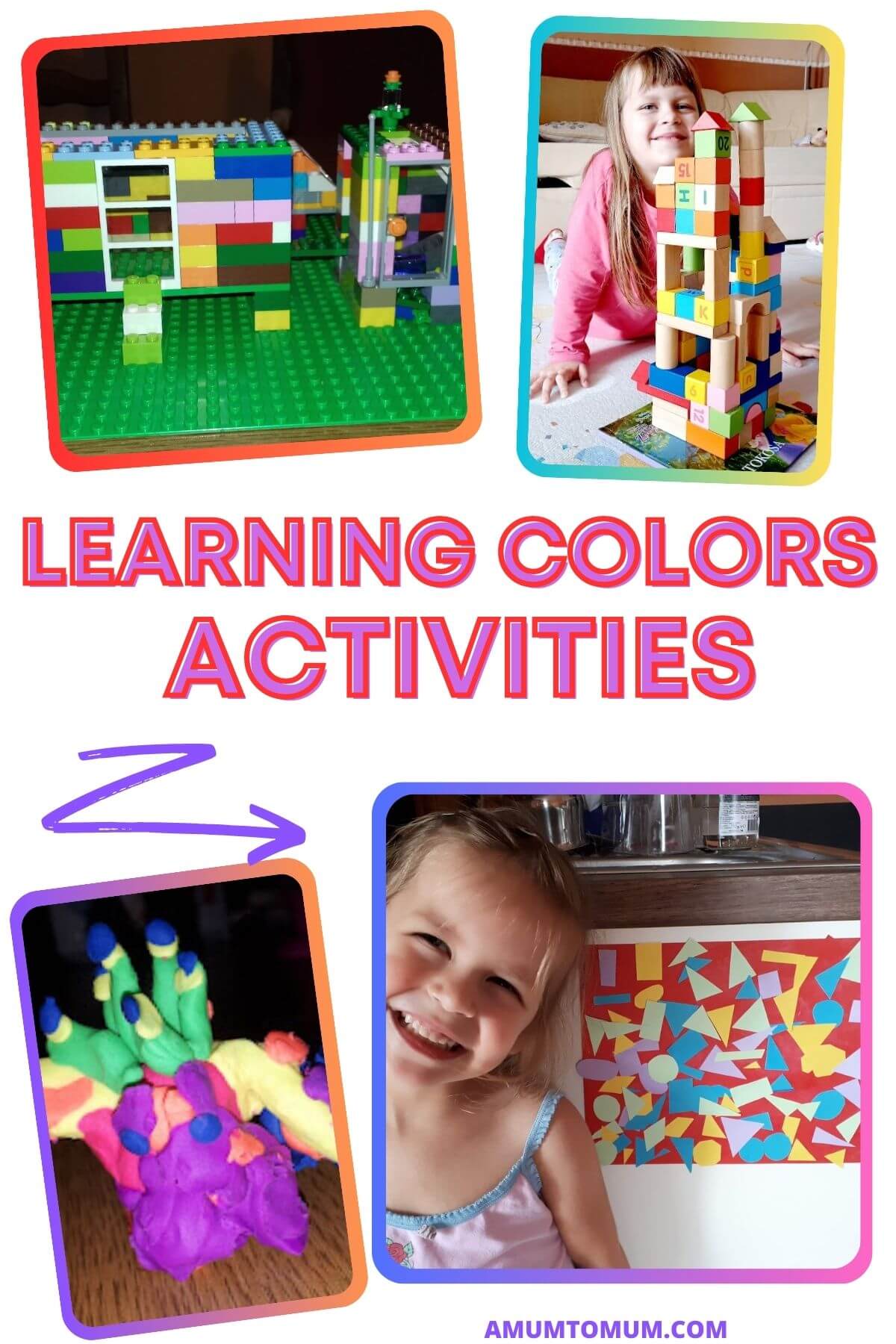what age should kids know colors
If you are looking for What Age Should Kids Know Colors? you've came to the right web. We have 10 Pics about What Age Should Kids Know Colors? like What Age Should Kids Know Colors?, What Age Should Kids Know Colors? and also What Age Should Kids Know Colors?. Here it is:
Benefits of Engaging in Color by Number Activities
Engaging in color by number activities offers a plethora of benefits for children of all ages.
- Cognitive Development: Color by number activities stimulate cognitive functions such as number recognition, spatial awareness, and problem-solving skills. By following the numbered instructions and selecting the appropriate colors, children exercise their logical reasoning and critical thinking abilities.
- Fine Motor Skills: Coloring within the lines of a color by number design requires precision and control of fine motor movements. This helps children develop dexterity in their hands and fingers, which is essential for tasks such as writing, typing, and manipulating small objects.
- Emotional Well-being: Coloring activities, including color by number, have been shown to have therapeutic benefits for children, promoting relaxation and stress relief. The repetitive nature of coloring can help children regulate their emotions and express themselves creatively.
- Social Interaction: Color by number activities can be enjoyed individually or collaboratively, fostering social interaction and teamwork among children. Working together to complete a large coloring project promotes communication, cooperation, and sharing.
Conclusion
In conclusion, color by number activities are an excellent educational tool for children, offering a perfect blend of fun and learning. By selecting the right color by number set and encouraging children to engage in these activities regularly, parents and educators can promote developmental growth and creativity in young learners.
What Age Should Kids Know Colors?
Door color www.amumtomum.com
www.amumtomum.com
Benefits of Engaging in Color by Number Activities
Engaging in color by number activities offers a plethora of benefits for children of all ages.
- Cognitive Development: Color by number activities stimulate cognitive functions such as number recognition, spatial awareness, and problem-solving skills. By following the numbered instructions and selecting the appropriate colors, children exercise their logical reasoning and critical thinking abilities.
- Fine Motor Skills: Coloring within the lines of a color by number design requires precision and control of fine motor movements. This helps children develop dexterity in their hands and fingers, which is essential for tasks such as writing, typing, and manipulating small objects.
- Emotional Well-being: Coloring activities, including color by number, have been shown to have therapeutic benefits for children, promoting relaxation and stress relief. The repetitive nature of coloring can help children regulate their emotions and express themselves creatively.
- Social Interaction: Color by number activities can be enjoyed individually or collaboratively, fostering social interaction and teamwork among children. Working together to complete a large coloring project promotes communication, cooperation, and sharing.
Conclusion
In conclusion, color by number activities are an excellent educational tool for children, offering a perfect blend of fun and learning. By selecting the right color by number set and encouraging children to engage in these activities regularly, parents and educators can promote developmental growth and creativity in young learners.
What Age Should Kids Know Colors?
Door color www.amumtomum.com
www.amumtomum.com
Benefits of Engaging in Color by Number Activities
Engaging in color by number activities offers a plethora of benefits for children of all ages.
- Cognitive Development: Color by number activities stimulate cognitive functions such as number recognition, spatial awareness, and problem-solving skills. By following the numbered instructions and selecting the appropriate colors, children exercise their logical reasoning and critical thinking abilities.
- Fine Motor Skills: Coloring within the lines of a color by number design requires precision and control of fine motor movements. This helps children develop dexterity in their hands and fingers, which is essential for tasks such as writing, typing, and manipulating small objects.
- Emotional Well-being: Coloring activities, including color by number, have been shown to have therapeutic benefits for children, promoting relaxation and stress relief. The repetitive nature of coloring can help children regulate their emotions and express themselves creatively.
- Social Interaction: Color by number activities can be enjoyed individually or collaboratively, fostering social interaction and teamwork among children. Working together to complete a large coloring project promotes communication, cooperation, and sharing.
Conclusion
In conclusion, color by number activities are an excellent educational tool for children, offering a perfect blend of fun and learning. By selecting the right color by number set and encouraging children to engage in these activities regularly, parents and educators can promote developmental growth and creativity in young learners.
Pin On Typography, Design N Things
Door color www.pinterest.com
www.pinterest.com
age
Benefits of Engaging in Color by Number Activities
Engaging in color by number activities offers a plethora of benefits for children of all ages.
- Cognitive Development: Color by number activities stimulate cognitive functions such as number recognition, spatial awareness, and problem-solving skills. By following the numbered instructions and selecting the appropriate colors, children exercise their logical reasoning and critical thinking abilities.
- Fine Motor Skills: Coloring within the lines of a color by number design requires precision and control of fine motor movements. This helps children develop dexterity in their hands and fingers, which is essential for tasks such as writing, typing, and manipulating small objects.
- Emotional Well-being: Coloring activities, including color by number, have been shown to have therapeutic benefits for children, promoting relaxation and stress relief. The repetitive nature of coloring can help children regulate their emotions and express themselves creatively.
- Social Interaction: Color by number activities can be enjoyed individually or collaboratively, fostering social interaction and teamwork among children. Working together to complete a large coloring project promotes communication, cooperation, and sharing.
Conclusion
In conclusion, color by number activities are an excellent educational tool for children, offering a perfect blend of fun and learning. By selecting the right color by number set and encouraging children to engage in these activities regularly, parents and educators can promote developmental growth and creativity in young learners.
Infographic: Color Preferences For Adults & Children, Based On Age And
Door color www.pinterest.com
www.pinterest.com
preferences preference designmantic quelles choisir audreytips appeal affects illussion
Benefits of Engaging in Color by Number Activities
Engaging in color by number activities offers a plethora of benefits for children of all ages.
- Cognitive Development: Color by number activities stimulate cognitive functions such as number recognition, spatial awareness, and problem-solving skills. By following the numbered instructions and selecting the appropriate colors, children exercise their logical reasoning and critical thinking abilities.
- Fine Motor Skills: Coloring within the lines of a color by number design requires precision and control of fine motor movements. This helps children develop dexterity in their hands and fingers, which is essential for tasks such as writing, typing, and manipulating small objects.
- Emotional Well-being: Coloring activities, including color by number, have been shown to have therapeutic benefits for children, promoting relaxation and stress relief. The repetitive nature of coloring can help children regulate their emotions and express themselves creatively.
- Social Interaction: Color by number activities can be enjoyed individually or collaboratively, fostering social interaction and teamwork among children. Working together to complete a large coloring project promotes communication, cooperation, and sharing.
Conclusion
In conclusion, color by number activities are an excellent educational tool for children, offering a perfect blend of fun and learning. By selecting the right color by number set and encouraging children to engage in these activities regularly, parents and educators can promote developmental growth and creativity in young learners.
What Age Should Kids Know Colors?
Door color www.amumtomum.com
www.amumtomum.com
Benefits of Engaging in Color by Number Activities
Engaging in color by number activities offers a plethora of benefits for children of all ages.
- Cognitive Development: Color by number activities stimulate cognitive functions such as number recognition, spatial awareness, and problem-solving skills. By following the numbered instructions and selecting the appropriate colors, children exercise their logical reasoning and critical thinking abilities.
- Fine Motor Skills: Coloring within the lines of a color by number design requires precision and control of fine motor movements. This helps children develop dexterity in their hands and fingers, which is essential for tasks such as writing, typing, and manipulating small objects.
- Emotional Well-being: Coloring activities, including color by number, have been shown to have therapeutic benefits for children, promoting relaxation and stress relief. The repetitive nature of coloring can help children regulate their emotions and express themselves creatively.
- Social Interaction: Color by number activities can be enjoyed individually or collaboratively, fostering social interaction and teamwork among children. Working together to complete a large coloring project promotes communication, cooperation, and sharing.
Conclusion
In conclusion, color by number activities are an excellent educational tool for children, offering a perfect blend of fun and learning. By selecting the right color by number set and encouraging children to engage in these activities regularly, parents and educators can promote developmental growth and creativity in young learners.
What Age Should Kids Know Colors?
Door color www.amumtomum.com
www.amumtomum.com
Benefits of Engaging in Color by Number Activities
Engaging in color by number activities offers a plethora of benefits for children of all ages.
- Cognitive Development: Color by number activities stimulate cognitive functions such as number recognition, spatial awareness, and problem-solving skills. By following the numbered instructions and selecting the appropriate colors, children exercise their logical reasoning and critical thinking abilities.
- Fine Motor Skills: Coloring within the lines of a color by number design requires precision and control of fine motor movements. This helps children develop dexterity in their hands and fingers, which is essential for tasks such as writing, typing, and manipulating small objects.
- Emotional Well-being: Coloring activities, including color by number, have been shown to have therapeutic benefits for children, promoting relaxation and stress relief. The repetitive nature of coloring can help children regulate their emotions and express themselves creatively.
- Social Interaction: Color by number activities can be enjoyed individually or collaboratively, fostering social interaction and teamwork among children. Working together to complete a large coloring project promotes communication, cooperation, and sharing.
Conclusion
In conclusion, color by number activities are an excellent educational tool for children, offering a perfect blend of fun and learning. By selecting the right color by number set and encouraging children to engage in these activities regularly, parents and educators can promote developmental growth and creativity in young learners.
What Age Should Kids Know Colors?
Door color www.amumtomum.com
www.amumtomum.com
Benefits of Engaging in Color by Number Activities
Engaging in color by number activities offers a plethora of benefits for children of all ages.
- Cognitive Development: Color by number activities stimulate cognitive functions such as number recognition, spatial awareness, and problem-solving skills. By following the numbered instructions and selecting the appropriate colors, children exercise their logical reasoning and critical thinking abilities.
- Fine Motor Skills: Coloring within the lines of a color by number design requires precision and control of fine motor movements. This helps children develop dexterity in their hands and fingers, which is essential for tasks such as writing, typing, and manipulating small objects.
- Emotional Well-being: Coloring activities, including color by number, have been shown to have therapeutic benefits for children, promoting relaxation and stress relief. The repetitive nature of coloring can help children regulate their emotions and express themselves creatively.
- Social Interaction: Color by number activities can be enjoyed individually or collaboratively, fostering social interaction and teamwork among children. Working together to complete a large coloring project promotes communication, cooperation, and sharing.
Conclusion
In conclusion, color by number activities are an excellent educational tool for children, offering a perfect blend of fun and learning. By selecting the right color by number set and encouraging children to engage in these activities regularly, parents and educators can promote developmental growth and creativity in young learners.
When Do Kids Learn Colors? All In Good Time! - Discovery Building Sets
Door color www.pinterest.com
www.pinterest.com
Benefits of Engaging in Color by Number Activities
Engaging in color by number activities offers a plethora of benefits for children of all ages.
- Cognitive Development: Color by number activities stimulate cognitive functions such as number recognition, spatial awareness, and problem-solving skills. By following the numbered instructions and selecting the appropriate colors, children exercise their logical reasoning and critical thinking abilities.
- Fine Motor Skills: Coloring within the lines of a color by number design requires precision and control of fine motor movements. This helps children develop dexterity in their hands and fingers, which is essential for tasks such as writing, typing, and manipulating small objects.
- Emotional Well-being: Coloring activities, including color by number, have been shown to have therapeutic benefits for children, promoting relaxation and stress relief. The repetitive nature of coloring can help children regulate their emotions and express themselves creatively.
- Social Interaction: Color by number activities can be enjoyed individually or collaboratively, fostering social interaction and teamwork among children. Working together to complete a large coloring project promotes communication, cooperation, and sharing.
Conclusion
In conclusion, color by number activities are an excellent educational tool for children, offering a perfect blend of fun and learning. By selecting the right color by number set and encouraging children to engage in these activities regularly, parents and educators can promote developmental growth and creativity in young learners.
What Age Kids Learn Colors : My Favorite Color Chart For Preschool
Door colorBenefits of Engaging in Color by Number Activities
Engaging in color by number activities offers a plethora of benefits for children of all ages.
- Cognitive Development: Color by number activities stimulate cognitive functions such as number recognition, spatial awareness, and problem-solving skills. By following the numbered instructions and selecting the appropriate colors, children exercise their logical reasoning and critical thinking abilities.
- Fine Motor Skills: Coloring within the lines of a color by number design requires precision and control of fine motor movements. This helps children develop dexterity in their hands and fingers, which is essential for tasks such as writing, typing, and manipulating small objects.
- Emotional Well-being: Coloring activities, including color by number, have been shown to have therapeutic benefits for children, promoting relaxation and stress relief. The repetitive nature of coloring can help children regulate their emotions and express themselves creatively.
- Social Interaction: Color by number activities can be enjoyed individually or collaboratively, fostering social interaction and teamwork among children. Working together to complete a large coloring project promotes communication, cooperation, and sharing.
Conclusion
In conclusion, color by number activities are an excellent educational tool for children, offering a perfect blend of fun and learning. By selecting the right color by number set and encouraging children to engage in these activities regularly, parents and educators can promote developmental growth and creativity in young learners.
What Age Should Kids Know Colors?
Door color www.amumtomum.com
www.amumtomum.com
Infographic: color preferences for adults & children, based on age and. What age should kids know colors?. What age should kids know colors?. When do kids learn colors? all in good time!. Preferences preference designmantic quelles choisir audreytips appeal affects illussion. Pin on typography, design n things. What age should kids know colors?. What age should kids know colors?. What age should kids know colors?. What age kids learn colors : my favorite color chart for preschool. What age should kids know colors?